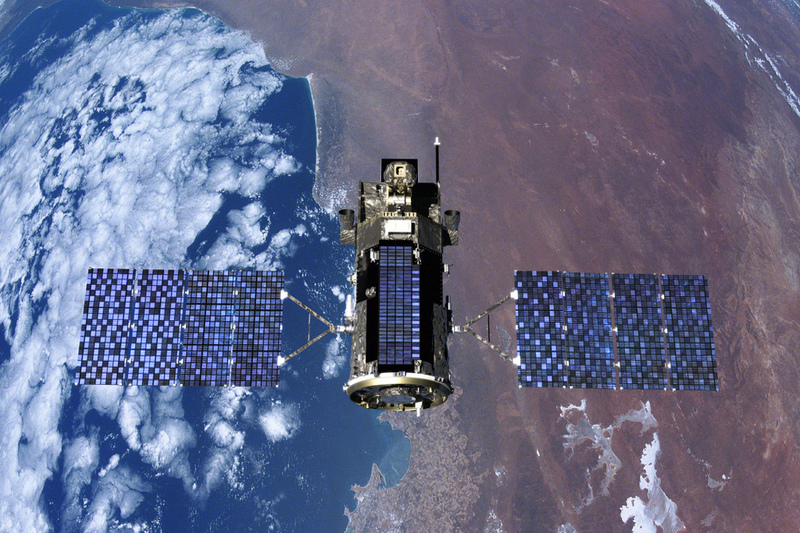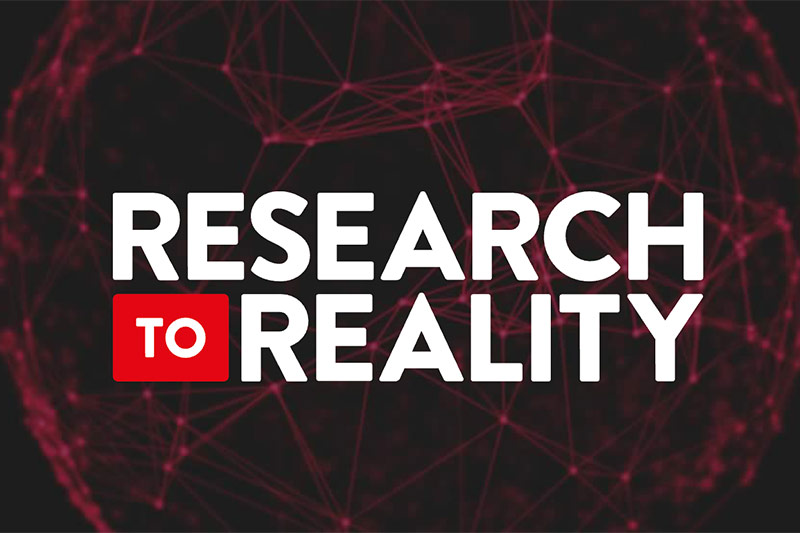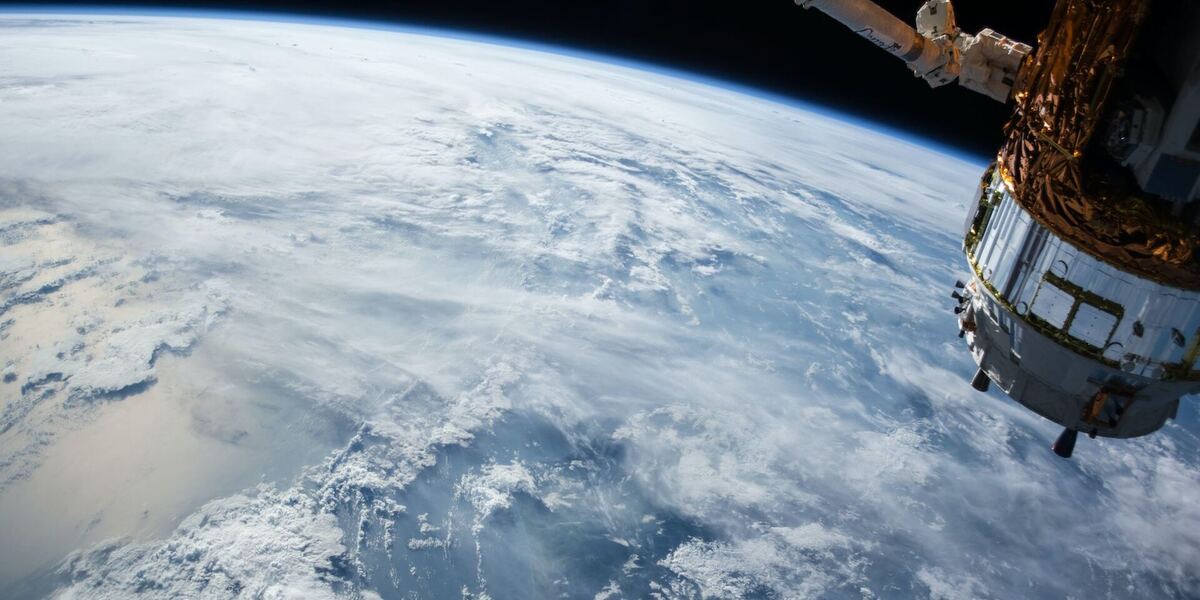Discover Cutting Edge Space and Astrophysics Research at Queen's
Queen's University Belfast is at the forefront of cutting-edge interdisciplinary research in space/planetary observation and astrophysics, contributing significantly to our understanding of the cosmos.
.jpg)
PIONEERING CYBERSECURITY AND CONNECTIVITY TECHNOLOGIES FOR SPACE
Space exploration requires significant technological innovation, including advancements in launch technologies and electronics systems, to facilitate, among many, EO, robotics, and human life support systems in space exploration missions. These advancements are necessary to make space exploration more efficient, cost-effective, and sustainable. Queen’s University Belfast offers deep tech-knowledge to Space innovators, from post-quantum cryptography to advanced wireless connectivity.
Security & AI for Space - Queen’s is ideally placed to address space security challenges. Queen’s researchers investigate hybrid quantum/post-quantum systems for securing next-generation space communication systems, AI-enabled security capabilities, such as intrusion detection for satellite networks, and how Digital Twins can be used in security monitoring of satellite systems.

Post Quantum Cryptography – Queen’s advanced capabilities in big data analysis tools, HPC computing, AI/ML and quantum technologies like post-quantum cryptography (PQC) and Integrated Quantum-resilient Cryptography (hybrid PQC/QKD), can help EO service providers, military & security agencies or interplanetary explorers with the information security needed to succeed in complex space missions.
Antenna Design for Spacecraft – Queen’s researchers have explored and developed (funded by ESA) specialised antennas for the harsh demands of space for over 20 years, for rocket launchers and EO satellites to stay connected to ground stations at all times. This knowledge can be applied to satellite constellations and space settlements and their vehicles.

Wireless Power Transfer for Space-based Solar Power – Queen’s researchers have produced two major innovations for BVLOS (Beyond Visual Line of Sight) WPT: beyond near/far field auto-focusing antenna array technology, and orientation agnostic rectifying antenna (rectenna) systems. This know-how can be applied to bring energy remotely to satellites in constellations and HAPS, from space-based solar power farms to Earth, or to electric vehicles in space settlements.
Related Stories
- Limitations of AI in predicting Solar Magnetic Field
- Comment on “Atomic structure and electron impact excitation of Al-like ions (Ga–Br)” by HB Wang and G Jiang in At. Data Nucl. Data Tables
- Antenna Design for Spacecraft
- New Technologies for Efficient Wireless Power Transfer at Distance (Ongoing)
- Supporting Architectural and technological Network evolutions through an intelligent, secureD and twinning enaBled Open eXperimentation facility (Ongoing)

SPACE AND PLANETARY OBSERVATION
In addition to pioneering deep-tech innovation research, Queen's is actively engaged in influential studies focused on space and planetary observation. Our researchers explore the frontiers of space science, employing cutting-edge technologies to enhance our understanding of celestial bodies and the broader universe. From telescopic observations to advanced satellite imaging, Queen's commitment to space and planetary research contributes valuable insights that extend beyond the boundaries of our planet, enriching our comprehension of the cosmos and driving advancements in space exploration.

Related Stories
- Queen’s researchers report largest cosmic explosion ever seen
- The sun as we’ve never seen it before
- First exposed planetary core discovered allows glimpse inside other worlds
- Magnetic waves role in heating the sun
- Halting telescopic jitter
- Explosions, mergers and gravitational waves
- Physical modelling of near-Earth asteroid (23187) 2000 PN9 with ground-based optical and radar observations
.jpg)
SPACE TRAVEL BIOLOGY
Queen's conducts groundbreaking research in the realm of organic safety in space, investigating the intricacies of sustaining life beyond Earth. Our scientists delve into the challenges posed by the space environment, exploring measures to ensure the well-being of organic matter in extraterrestrial conditions. From studying the impact of cosmic radiation to developing innovative life support systems, Queen's is dedicated to advancing our understanding of the safety and sustainability of organic life in the unique and demanding context of outer space.

